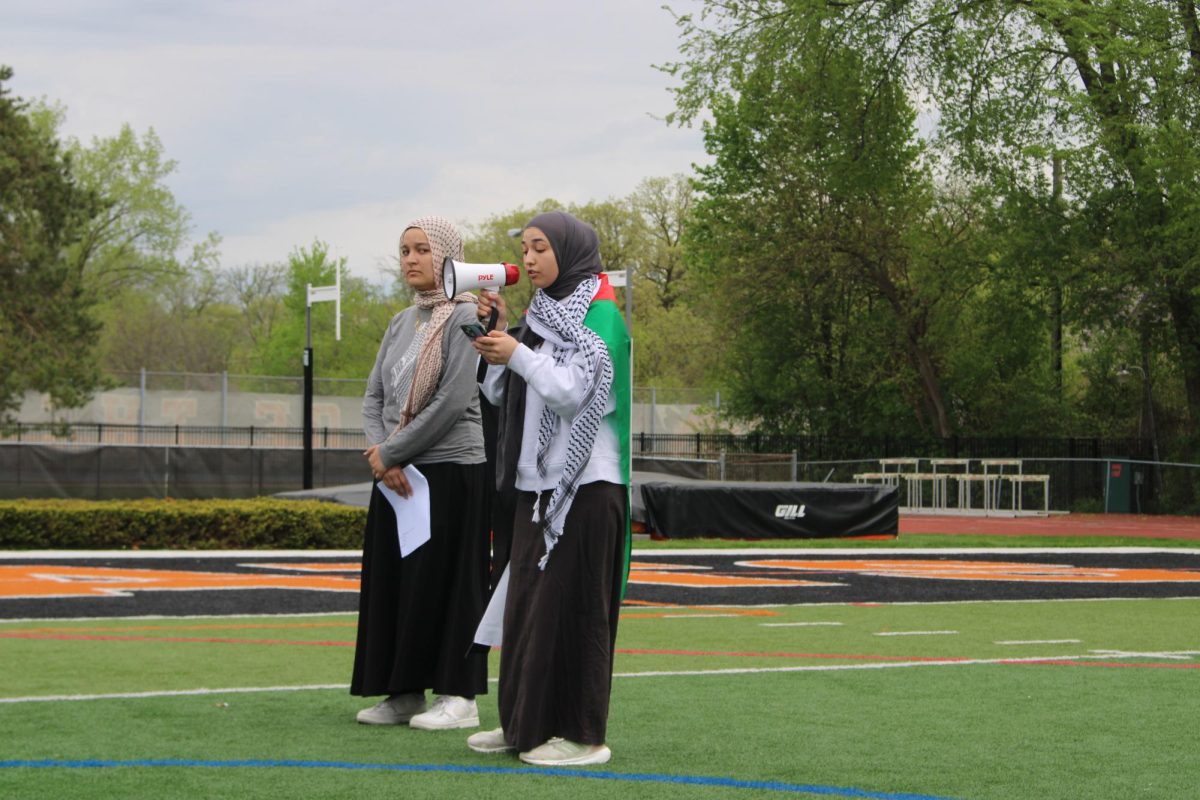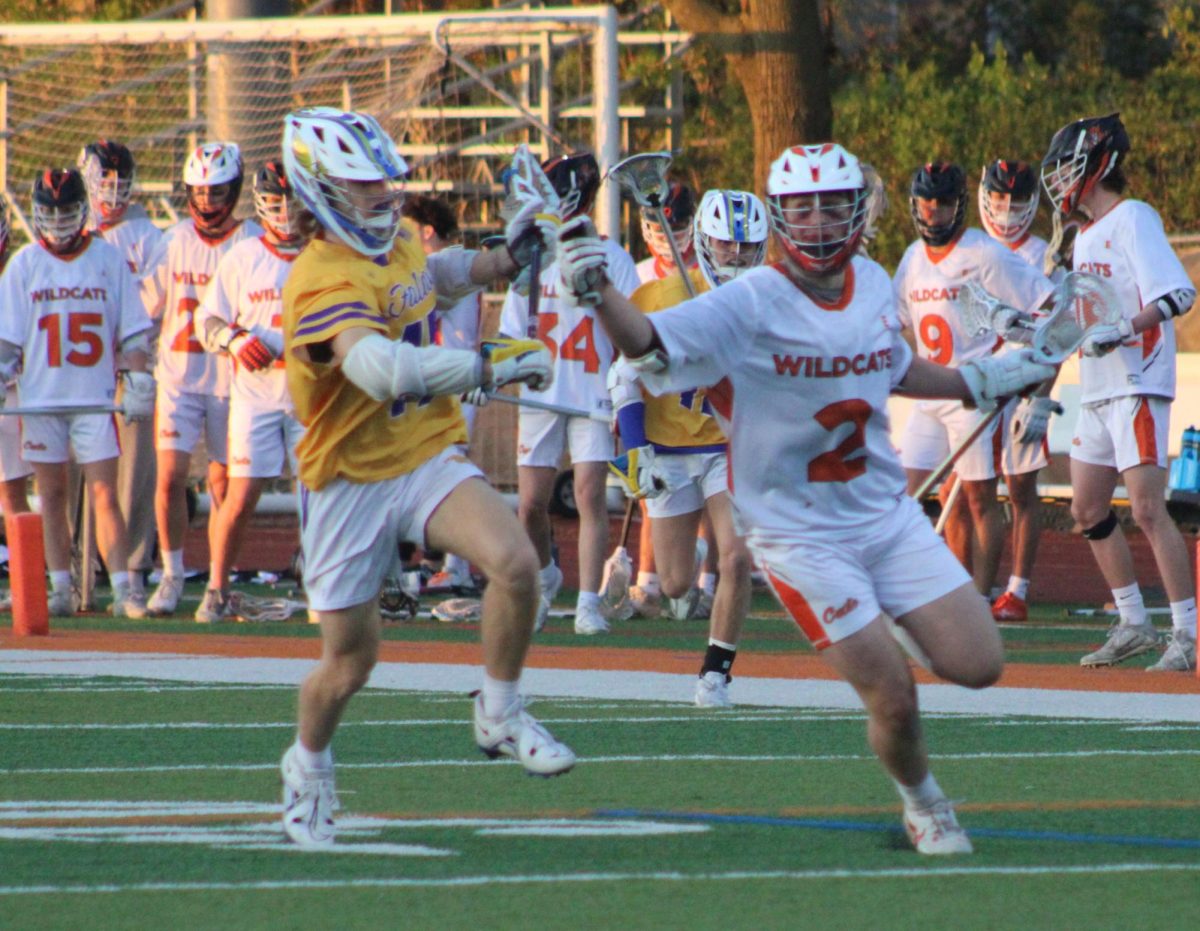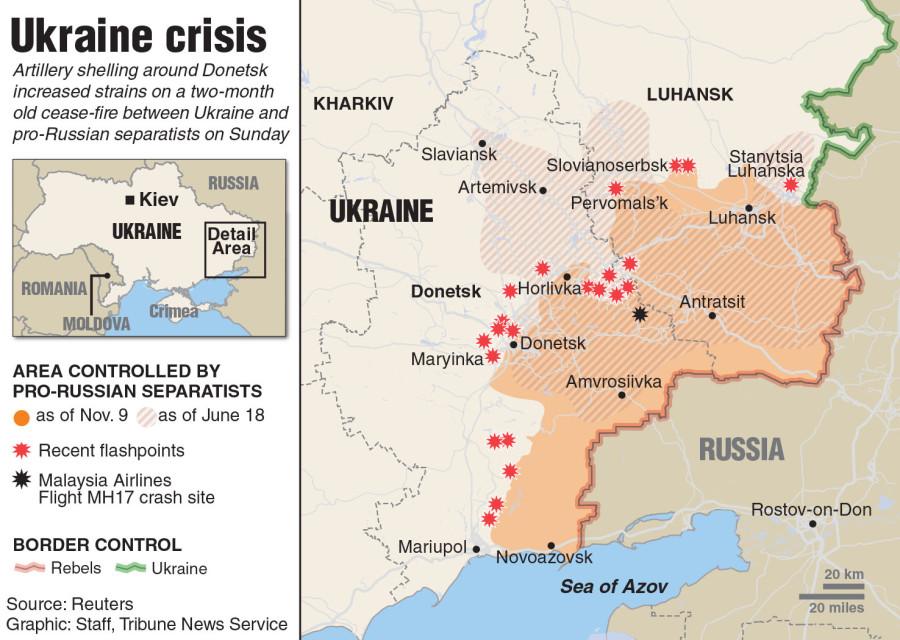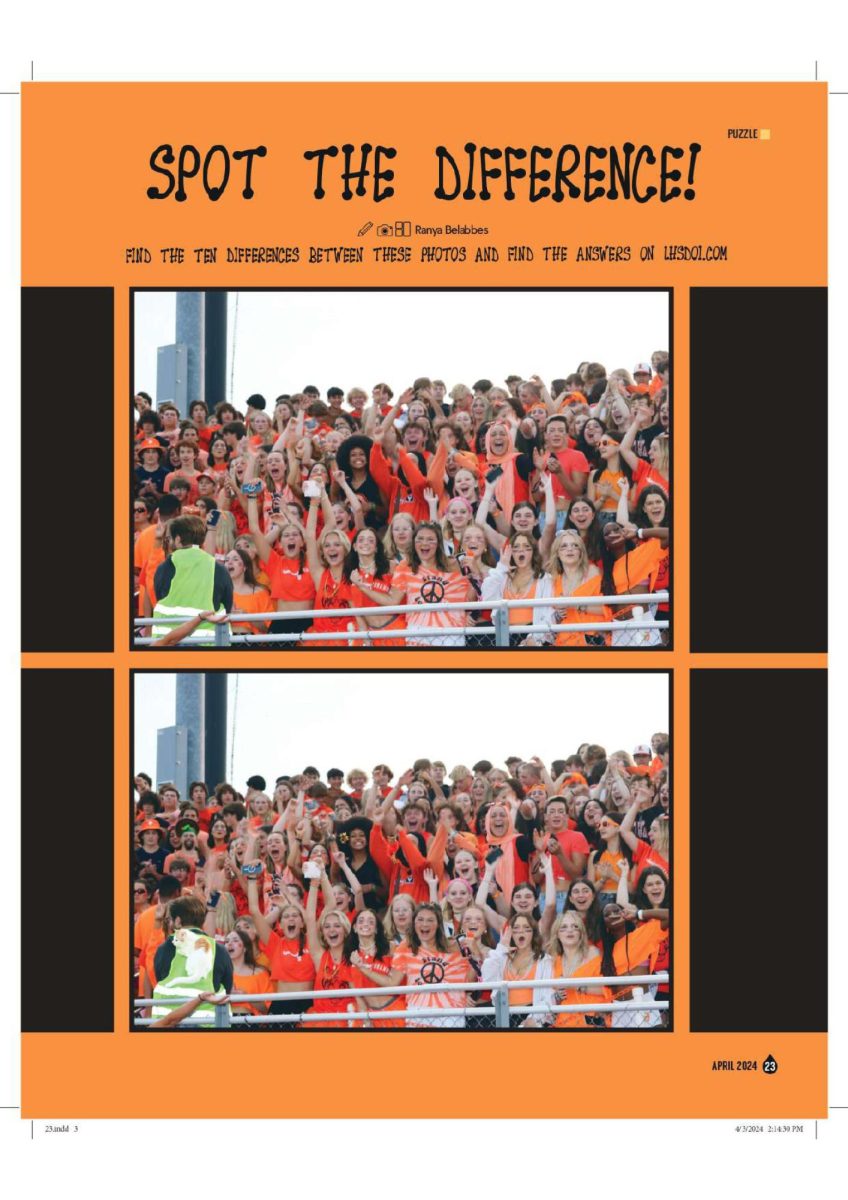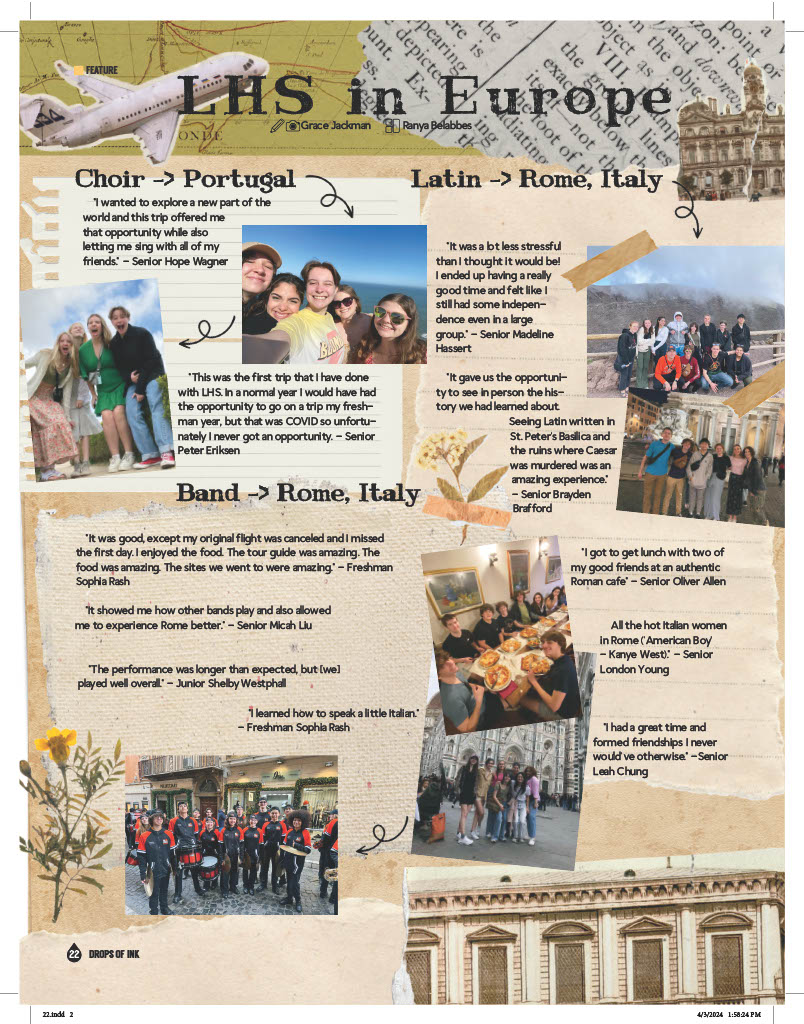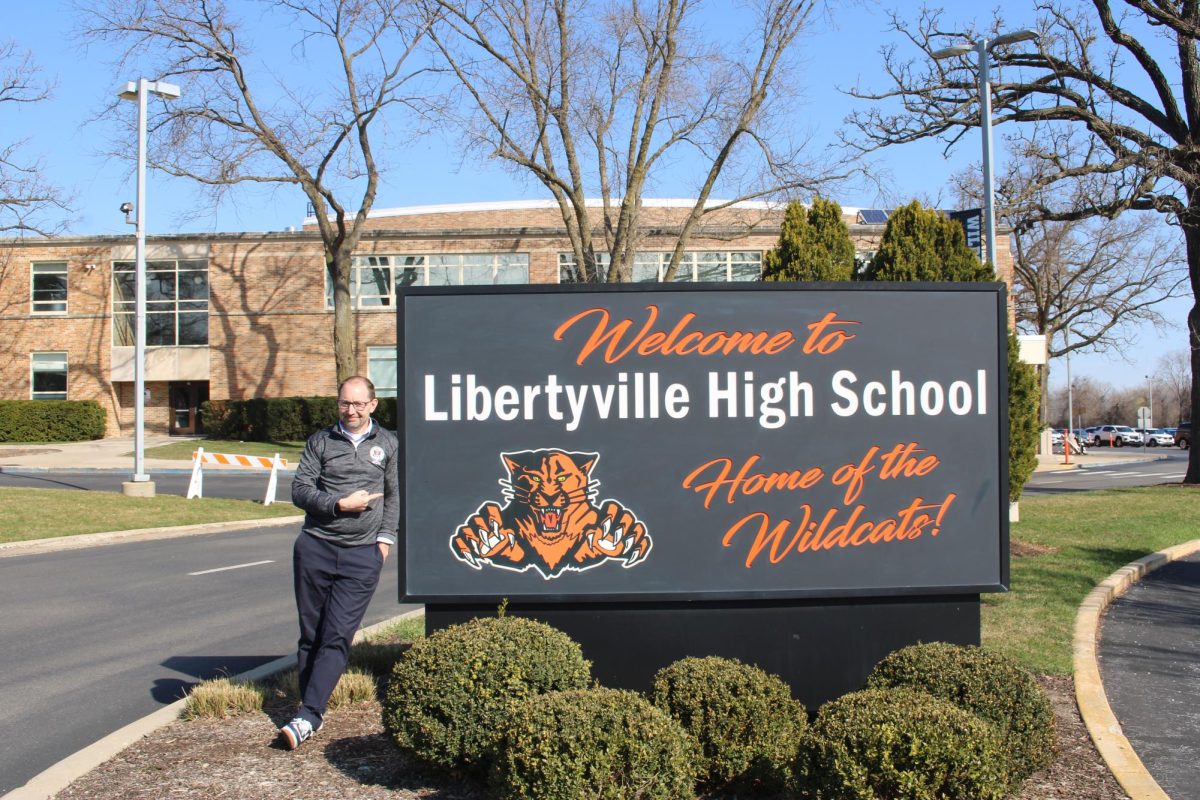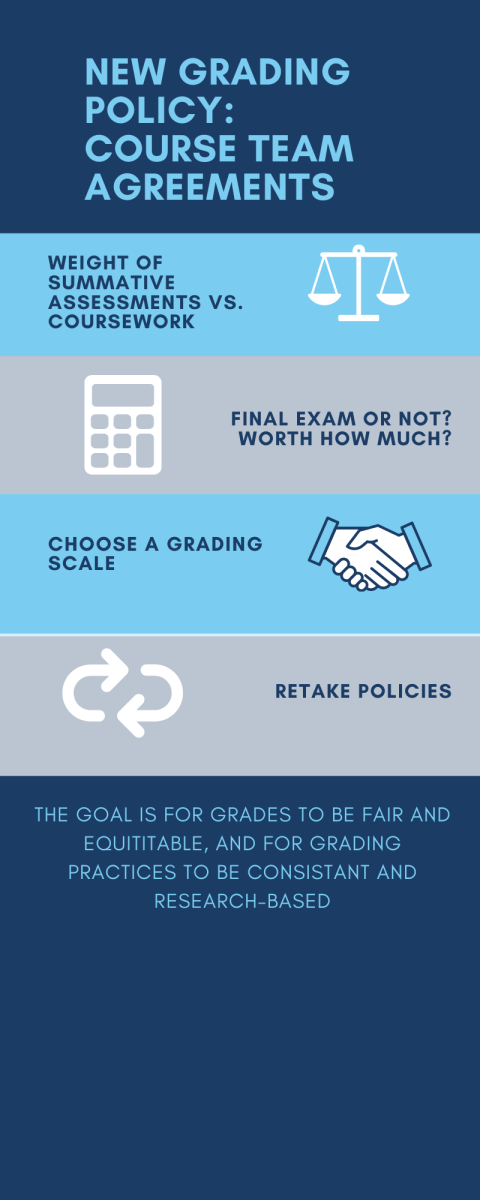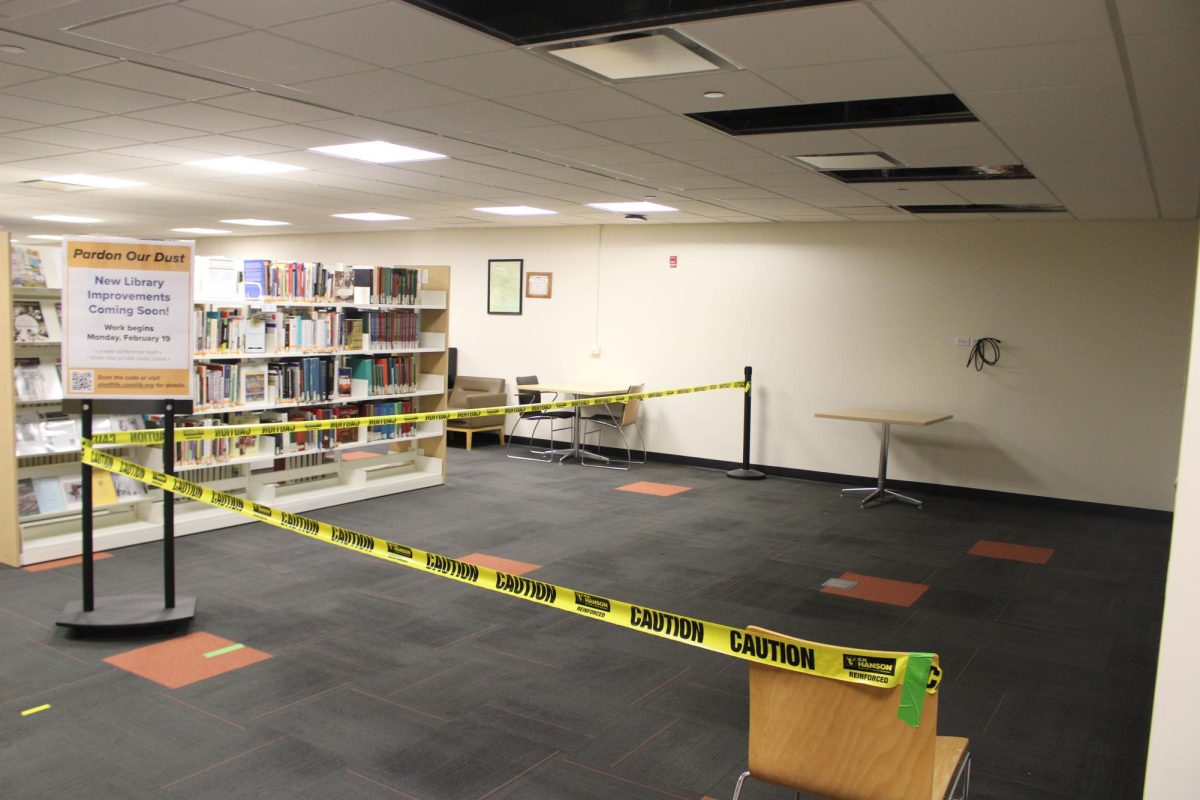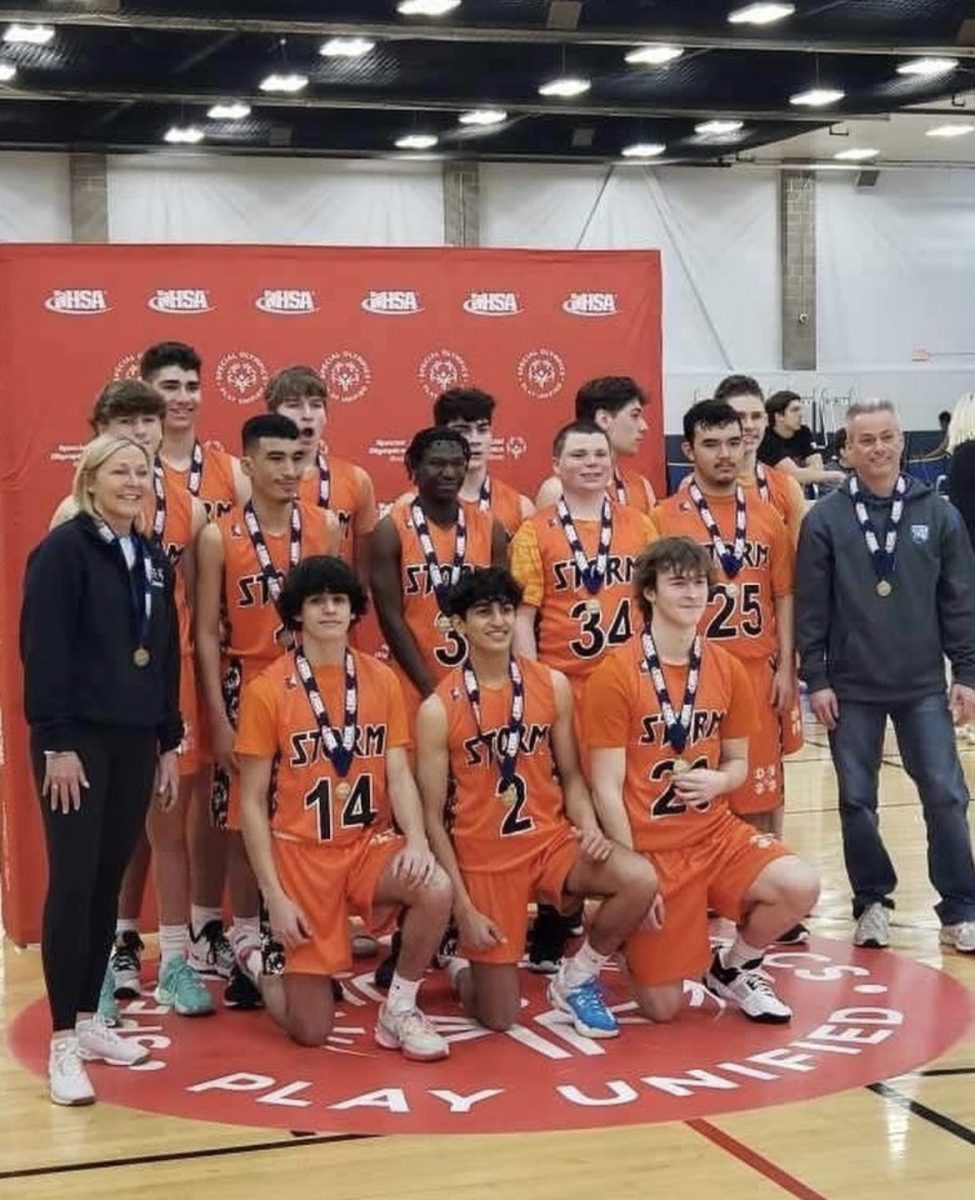February 2014 marked the beginning of the Russian and Ukrainian crisis, which has continued throughout this year. Recently, there has been little government-sanctioned fighting between these two countries although there have been a few skirmishes.
This crisis was a result of a plethora of reasons including the ethnic divide in Ukraine, Russia’s dependency on Ukraine in order to survive, and the tension between Russia and the Ukraine over Crimea.
The unpleasant relations between the two countries was shown most accurately during the Red Harvest between 1932 and 1933 and escalated after that, which built up more and more tension between the countries until there was the powder keg known as the Ukraine Crisis.
AP European teacher Mr. Kevin O’Neill described how “. . .Ukraine was the breadbasket for the Soviet Union and without Ukraine, the Soviet Union would not function. And so this began part of the Red Harvest, which is what we call the systematic campaign against the large landowners specifically in Ukraine. Basically while the Russian officials were exporting food from the Ukraine, the Ukrainian people were starving to death and Ukrainians still today consider this a genocide.”
Adding to this unrest between the two countries was when the Russian premier in 1954, Nikita Khrushchev, decided to give the Crimea to the Ukraine. “The reason that’s significant is because Russia’s entire Black Sea Fleet is on the Crimea. And so that’s a pretty significant, pretty important thing for Russia. That’s basically their gateway to the world from the Black Sea through the Dardanelles and Bosphorus and then out to the Mediterranean,” analyzed Mr. O’Neill.
Adding on to that, Mr. O’Neill described how the Ukraine is very divided between East Ukraine, which tends to be pro-Russian as they are ethnically Russian, and West Ukraine, which is more pro-European Union.
All this tension led to the fighting between these two countries until recently when there was an instillation of a ceasefire, which drastically reduced the amount of casualties which total over 6,000 in Eastern Ukraine since the beginning of the conflict. There are still a couple skirmishes every once in a while, but for the most part, the fighting is over for now.
On February 12, Minsk II, the terms of ceasefire between Russia and Ukraine, was signed by Ukrainian President Petro Poroshenko, Russian President Vladimir Putin, French President Francois Hollande and German Chancellor Angela Merkel.
According to the Center for Strategic and International Studies, csis.org, Minsk II includes a ceasefire between the two countries and a removal of all foreign armed groups, weapons, and mercenaries from the fought-over area. Additionally, this includes amnesty for all involved parties and release of all hostages along with humanitarian aid. Ukraine also regains control of its border.
There is still debate over how effect the implementation of the ceasefire was, as on May 13, csis.org stated, “The ceasefire is, in the words of NATO Secretary-General Jens Stoltenberg, increasingly ‘fragile,’ . . . German Chancellor Angela Merkel, ahead of talks with Ukrainian President Petro Poroshenko, maintained the position that she outlined to President Putin earlier this week: ‘Based on the Minsk agreement from February, we have to observe that we are not yet where we want to be. We still don’t have a complete cease-fire.’”
Mr. Dennis Duffy, current issues teacher, brought in how Europe and the other countries are reacting to the invasion of Ukraine by Russia. Russia is “. . .big on oil, big on natural gas so not particularly well diversified, but they’re huge suppliers to Germany and Europe. The oil and gases are relatively cheap and it’s piped in, so that gives Russia a lot of economic leverage against Europe. Especially northern Europe who tend to be the more developed countries and who, consequently, tend to need more oil and natural resources.”
Additionally, America has decided to not provide weapons to the Ukrainians or send in troops to protect them: “We [Americans] send some socks and we send some food and we send some non-military supplies. Well, great they don’t need socks, they need guns and bullets and stuff. But we’re not doing it and it’s a shame because nobody else is. Nobody else is in a position to help the Ukrainians except us and our government has chosen to take a pass on that. It’s a shame,” asserted Mr. Duffy.



